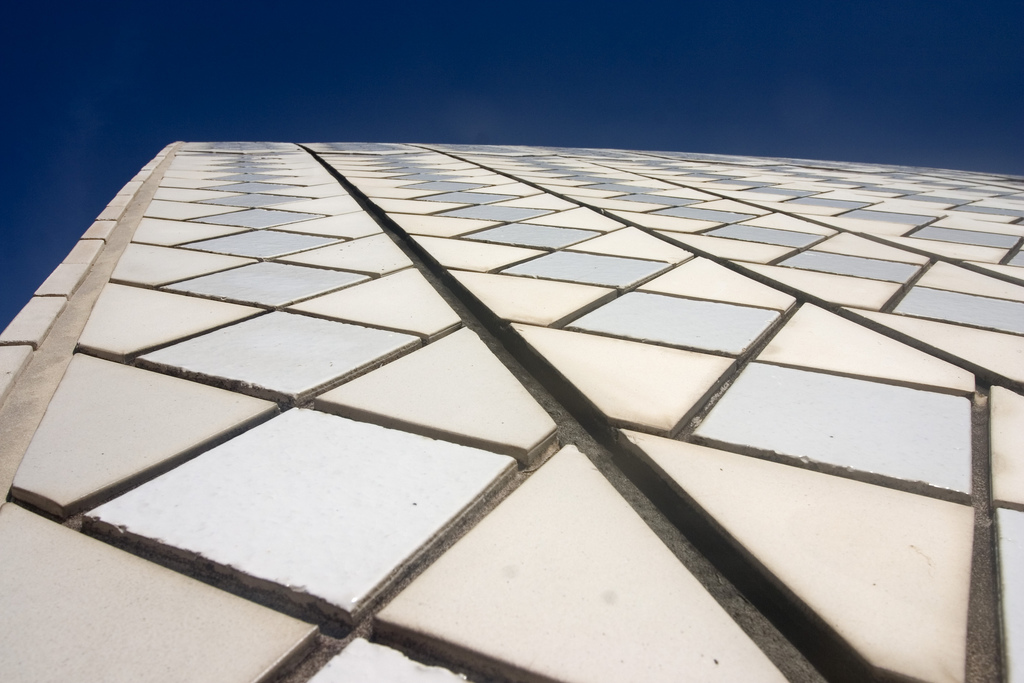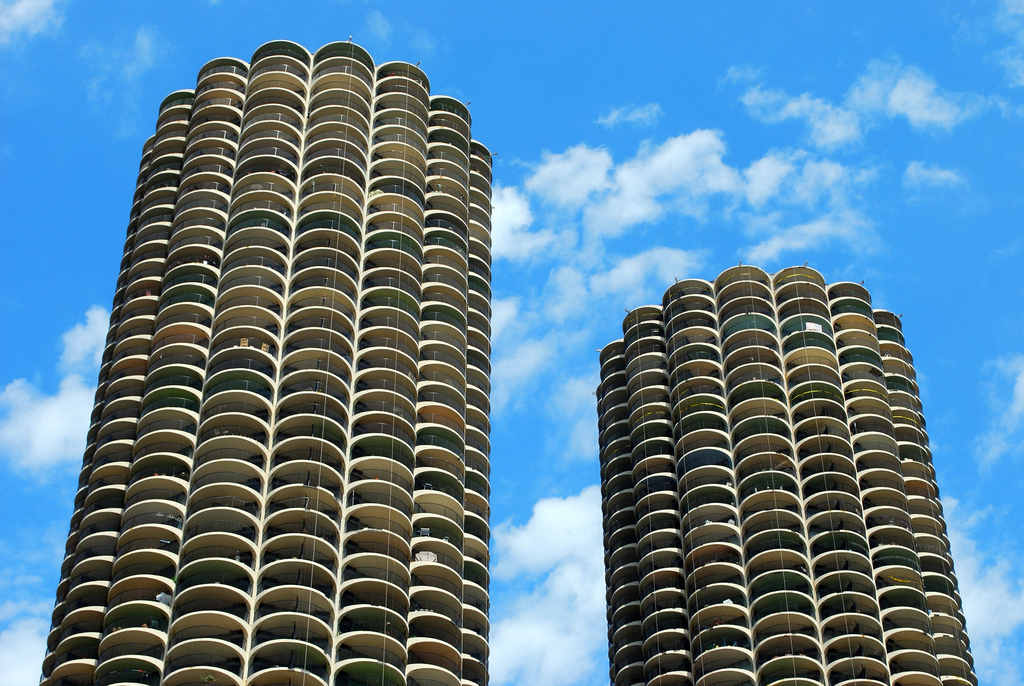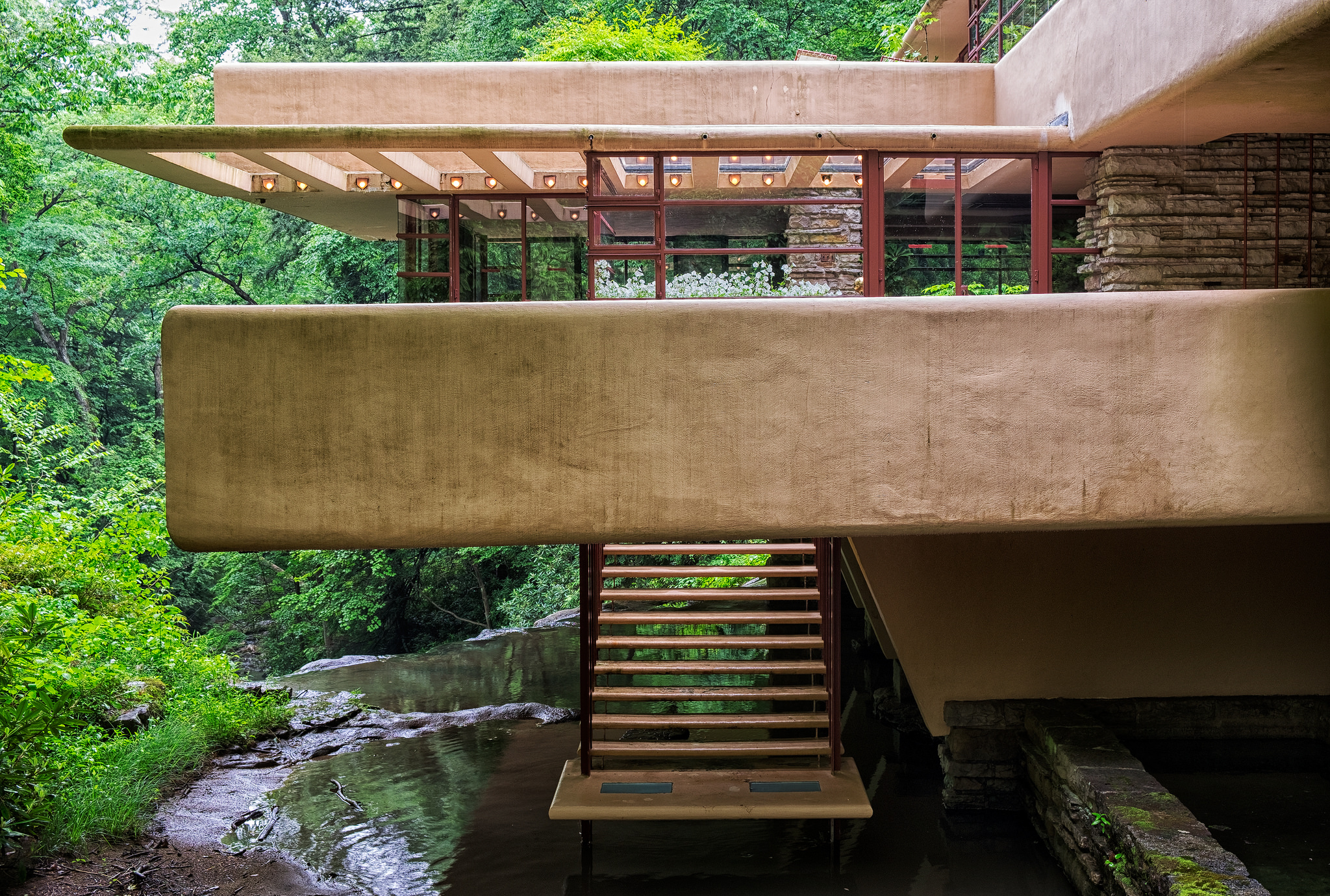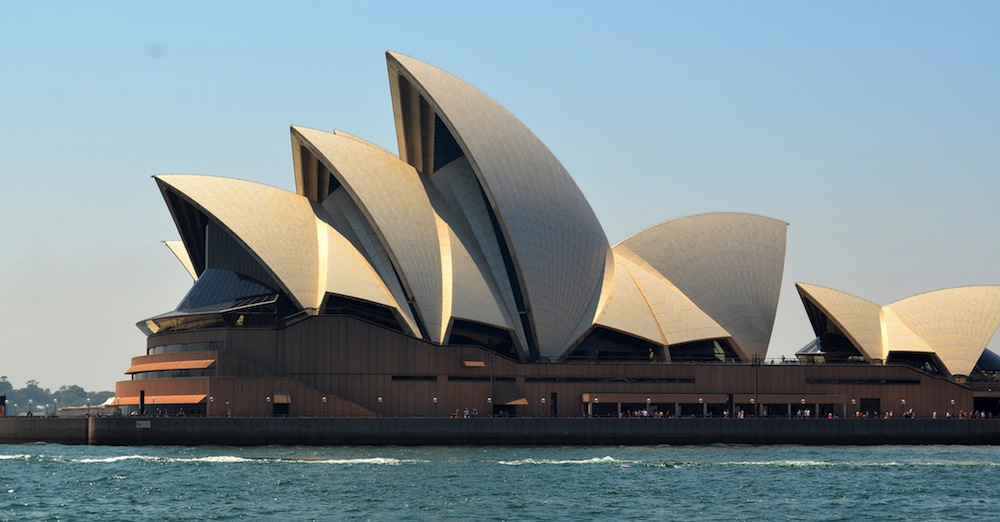Fallingwater is Frank Lloyd Wright’s signature creation. The Pennsylvania house, which hangs over a river due to its cantilever design, is a national landmark and an excellent example of modern architecture.
Australia’s Sydney Opera House is comprised of shell-shaped curved roofs, consisting of more than a million V-shaped tiles. Designed by Jørn Utzon, the venue has won numerous awards and has even been named a UNESCO World Heritage Site.
Chicago’s unique corncob-shaped towers are official known as Marina City, a residential building with many on-site recreation facilities, an open-air roof deck, and several stories worth of parking. Architect Bertrand Goldberg designed it to have almost no right angles.
These buildings are different, but they have a common thread: All are made of concrete.
The Guardian has two lists of the ten best concrete buildings, with one list selected by architecture critic Rowan Moore, and the other by readers.
Among Moore’s picks were the Bank of London and South America in Buenos Aires; St John’s Abbey Church in Collegeville, Minn.; and the nearly 1,900-year old Pantheon in Rome. Readers suggested the three buildings listed above, along with other choices like the National Theatre in London and The Lotus Temple in Delhi.
 Tiles on the Sydney Opera House. Photo: Jimmy Harris/Creative Commons.
Tiles on the Sydney Opera House. Photo: Jimmy Harris/Creative Commons.
 Marina City in Chicago. Photo: clarkmaxwell/Creative Commons.
Marina City in Chicago. Photo: clarkmaxwell/Creative Commons.
 Fallingwater. Photo: Timothy Neesam/Creative Commons.
Fallingwater. Photo: Timothy Neesam/Creative Commons.
Related Stories
| Nov 18, 2013
USGBC, UL Environment announce joint Environmental Product Declaration
Strategic partnership between U.S. Green Building Council and UL Environment will focus on building materials and product transparency.
| Nov 15, 2013
Metal makes its mark on interior spaces
Beyond its long-standing role as a preferred material for a building’s structure and roof, metal is making its mark on interior spaces as well.
| Nov 14, 2013
Behind the build: BD+C's 'Pedia-Pod' modular pediatric patient unit at Greenbuild 2013 [slideshow]
Next week at Greenbuild, BD+C will unveil its demonstration pediatric patient unit, called Pedia-Pod. Here's a behind-the-scenes look at the construction of this unique modular structure.
| Nov 8, 2013
Walkable solar pavement debuts at George Washington University
George Washington University worked with supplier Onyx Solar to design and install 100 sf of walkable solar pavement at its Virginia Science and Technology Campus in Ashburn, Va.
| Nov 4, 2013
New DOE code changes require improved energy efficiency in commercial construction
Outsulation by Dryvit incorporates continuous insulation and a seamless air/water-resistive barrier, which meets new code requirements
| Oct 18, 2013
Researchers discover tension-fusing properties of metal
When a group of MIT researchers recently discovered that stress can cause metal alloy to fuse rather than break apart, they assumed it must be a mistake. It wasn't. The surprising finding could lead to self-healing materials that repair early damage before it has a chance to spread.
| Oct 15, 2013
Sustainable design trends in windows, doors and door hardware [AIA course]
Architects and fenestration experts are looking for windows and doors for their projects that emphasize speed to the project site, a fair price, resilient and sustainable performance, and no callbacks.
| Oct 7, 2013
10 award-winning metal building projects
The FDNY Fireboat Firehouse in New York and the Cirrus Logic Building in Austin, Texas, are among nine projects named winners of the 2013 Chairman’s Award by the Metal Construction Association for outstanding design and construction.
| Sep 20, 2013
Perimeter roof edge: The first line of defense in a wind event [AIA course]
Aside from the roof membrane itself, the perimeter roof edge is the most critical component of the roofing system. As such, it warrants more scrutiny when designing a roof system.
| Sep 19, 2013
6 emerging energy-management glazing technologies
Phase-change materials, electrochromic glass, and building-integrated PVs are among the breakthrough glazing technologies that are taking energy performance to a new level.
















